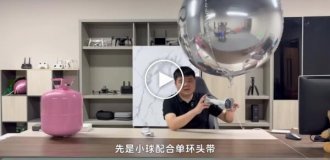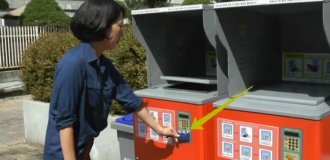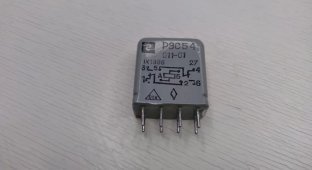I am telling you about the design of the Soviet small-sized button KM1-1V (8 photos)
Hello to all readers of my channel! Today, we will discuss the Soviet compact button KM1-1V.
This button is designed for switching electrical circuits with a voltage of up to 250V and a current of up to 4A. It was commonly found in communication devices of that era.
Appearance of the KM1-1V button
The button features a single switching contact that does not have a locking mechanism.
The button is mounted in equipment using a threaded connection: threads are applied to the top part of the button’s body, and it is secured with a nut. The diameter of the threaded section is 8.2 mm.
KM1-1V button marking:
- KM — compact button;
- 1 — number of basic microswitches;
- 1 — design incorporating the MP3-1 microswitch;
- V — all-climate version.
The button has three contacts. The contact numbering is marked on the side of the body:
Contact numbering of the KM1-1V button
Appearance of the KM1-1V button contacts
In its normal state, circuit 1-3 is closed. Pressing the button opens circuit 1-3 and closes circuit 1-2. The button does not lock: as soon as the pressure is released, circuit 1-2 opens, and circuit 1-3 closes again.
When pressed, the button’s stem applies pressure to a metal plate, which in turn activates a smaller internal button located within the housing.
A metal plate is located beneath the main button
The button stem transfers pressure to the internal button via the plate
Now let’s disassemble the button and explore its internal structure. First, we remove the outer casing that houses the external button.
The button stem, metal plate, and internal button
Next, we disassemble the bakelite housing by removing the cover. Inside, we can see the button’s mechanism. The small button presses on a plate, which in its normal position is pressed against the upper contact (rightmost terminal).
The button in its normal position
When pressed, the plate bends, disconnecting the upper contact and connecting the lower (middle) terminal.
The button in the pressed position
That’s the simple yet fascinating mechanism of the KM1-1V button. I hope you enjoyed learning about its design. If you have any questions, feel free to ask — I’ll be happy to answer!































